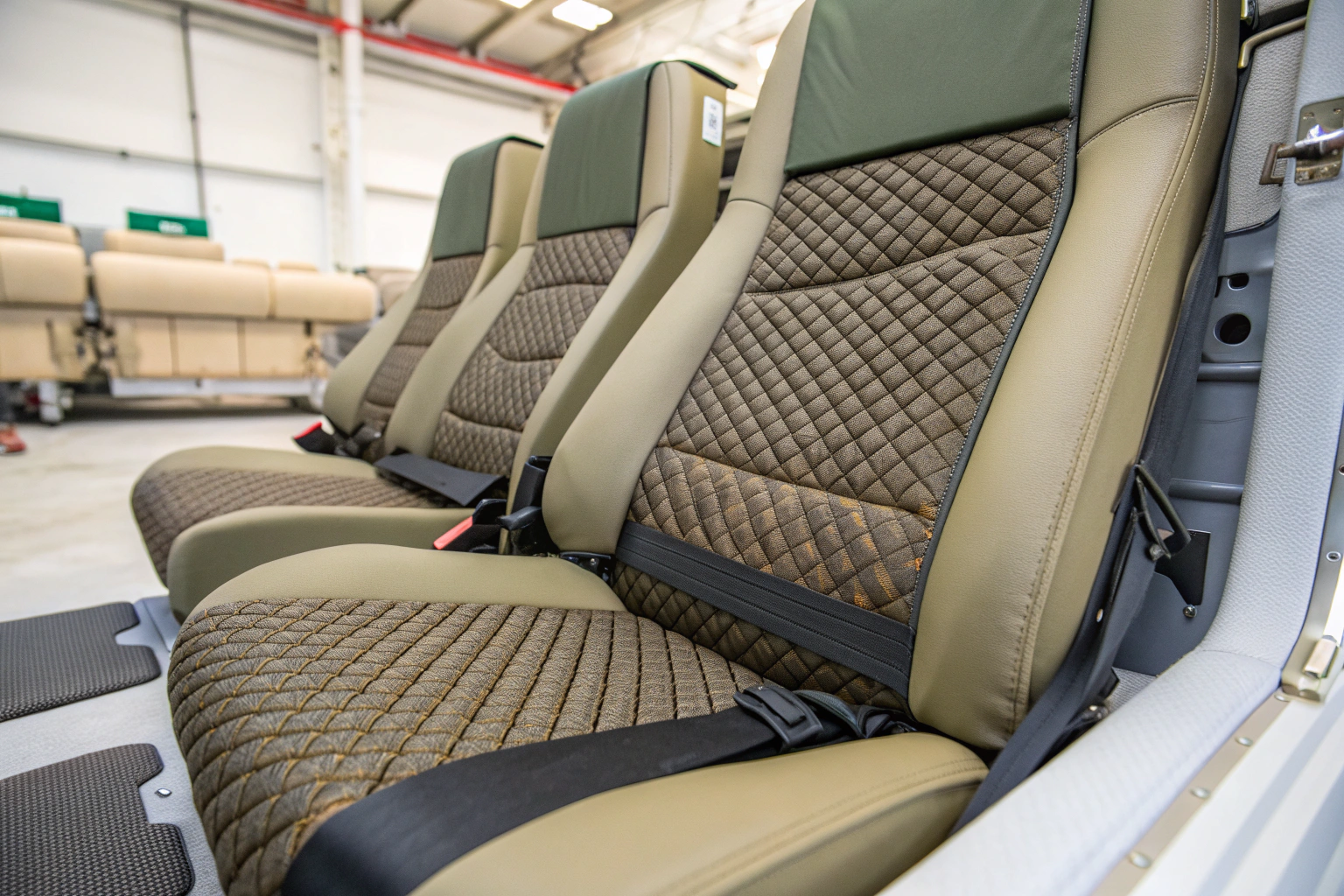Many companies in aviation face sourcing problems when it comes to certified seat upholstery. Buyers often wait weeks, only to find fabrics that fail to meet the correct standards. This results in wasted money, delayed schedules, and compliance risks.
The solution is that MIL-DTL-83146F fabrics can be sourced from trusted suppliers in aerospace textiles. With the right partners, you can quickly secure compliant upholstery and avoid costly mistakes.
Most suppliers do not advertise this exact standard openly. Yet, they often have products that meet or even surpass these requirements. Knowing where to search and how to verify compliance is key to success in your project.
Aerospace Upholstery Fabric Options
Different projects require different materials. Each type of upholstery brings unique benefits depending on whether you design military jets, VIP interiors, or commercial planes.
The key options for MIL-DTL-83146F upholstery include wool-based fabrics, durable synthetics, and flame-block foams for seat construction.
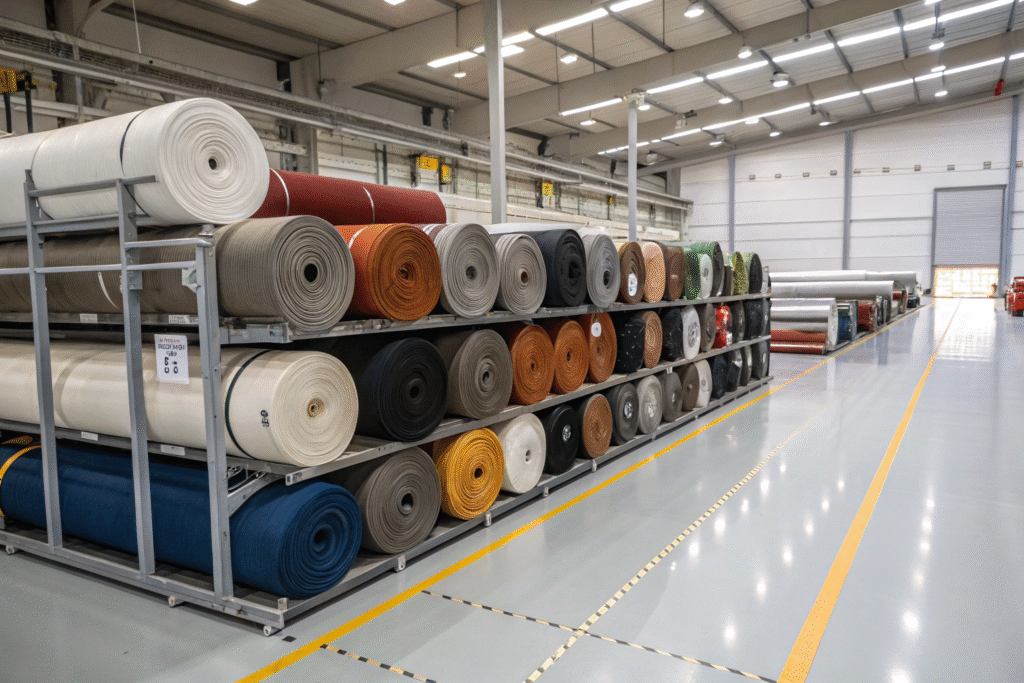
By combining multiple fabric categories, manufacturers create solutions that balance safety with comfort. Selection usually depends on whether the use is for passenger cabins, cockpits, or special mission aircraft.
How do wool blends perform in aircraft seats?
Wool fabrics are popular because they resist flames naturally and last longer than many alternatives. Companies such as Lantal Textiles deliver certified upholstery used worldwide. Another option, Rohner Textiles, also supplies high-performance fabrics that balance eco-friendly design with strict safety rules.
Are synthetics a better alternative?
Lightweight synthetics are easier to clean and maintain. Tapis Corporation offers aviation leathers that meet strict standards for Boeing and Airbus. AeroLeather provides further choices in technical synthetics. These materials often include UV protection and stain resistance, making them practical alternatives to wool.
Ensuring Compliance in Upholstery Sourcing
Passing inspections is critical. A project may collapse if the chosen upholstery does not meet required safety regulations.
The safest path is to purchase only from suppliers that give full certification records for every batch of material.
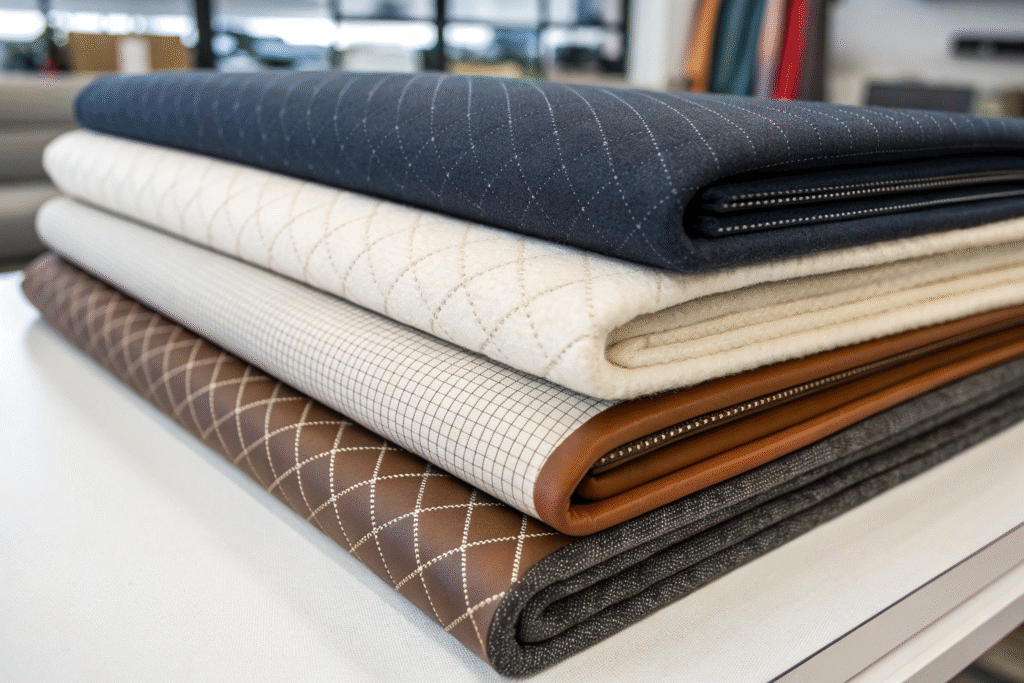
Reliable vendors always provide test results, batch codes, and clear reports that match aviation rules. This ensures fabrics are approved before they ever reach the assembly line.
How do you verify test reports?
You should confirm the reports are issued by accredited labs such as SGS or Intertek. Some buyers also use CNAS-accredited labs in China for extra verification. Certificates must be both recent and batch-specific, since outdated documents are not accepted.
What risks come with uncertified fabrics?
Materials without certification may cause grounded aircraft or failed audits. According to FAA Safety Regulations, fabrics that do not meet flame resistance rules are not allowed in interiors. Insurance coverage can also be lost if non-compliant upholstery is installed.
Best Sources for Military Specification Upholstery
Aviation seating requires precision and compliance. Without certified suppliers, even durable materials cannot be used.
The most reliable sources for MIL-DTL-83146F fabrics are aerospace textile distributors, FAA-approved upholstery providers, and military-spec suppliers.
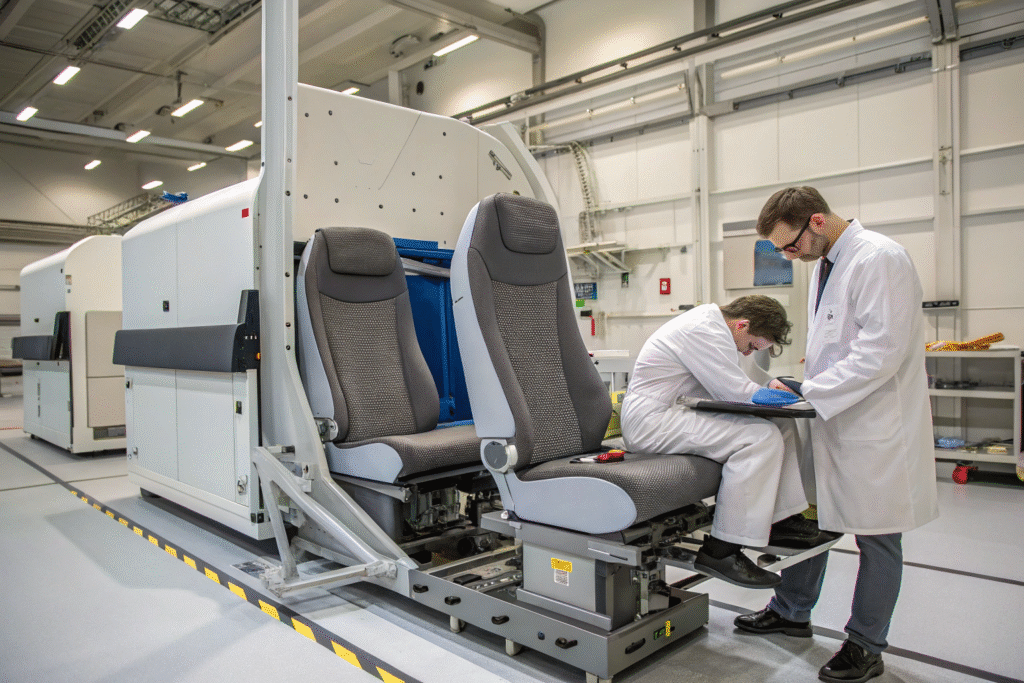
Buyers should compare several suppliers. Having at least two or three vendors with official documentation helps reduce cost pressure and ensures continuous supply.
What certifications should you check?
Ask for MIL-DTL-83146F test records, covering flame resistance, tensile strength, and durability. Many suppliers also present FAR 25.853 results. The SAE standards library is another helpful source when checking requirements.
Which suppliers are most trusted?
Respected names include Spectra Interior Products and OmnAvia Interiors. Ultrafabrics also provides vegan leathers that are lightweight yet compliant with strict aviation rules.
Cost and Logistics Considerations
Fabric quality matters, but logistics and import fees are equally important. Poor planning often ruins deadlines.
A balanced plan should combine compliance, cost, and delivery by working with suppliers who know global aviation logistics.
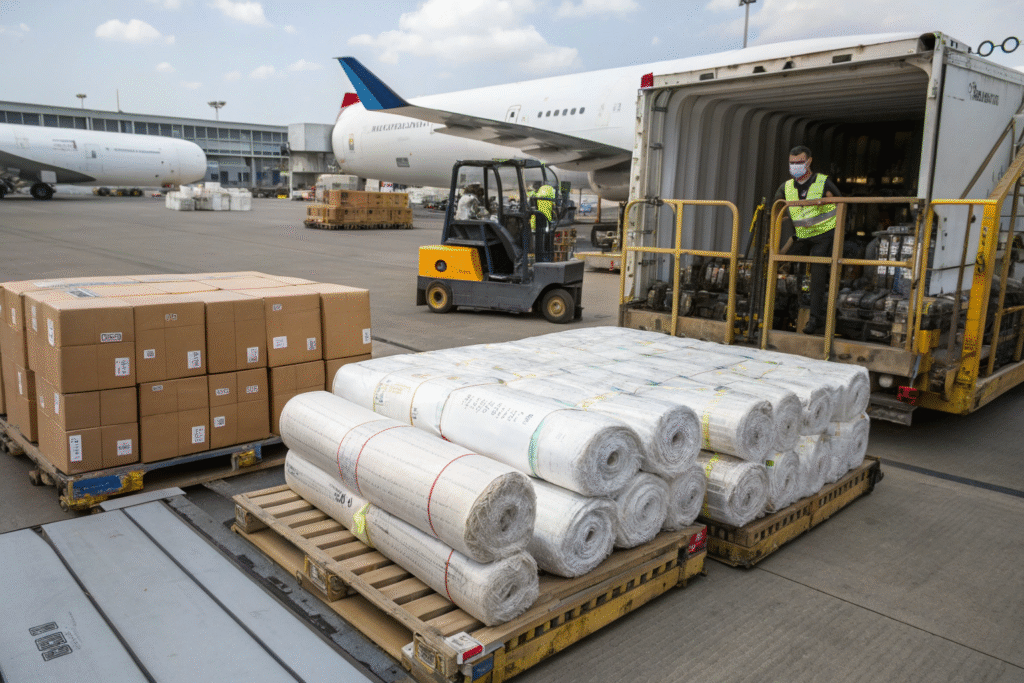
Some suppliers even maintain warehouses abroad, making shipping smoother. Import duties and schedules must be part of every sourcing plan.
How do tariffs affect sourcing?
Duties can raise costs, especially for U.S. imports from Asia. According to the U.S. Tariff Schedules, taxes vary based on fabric type. Some companies reduce these costs with bonded warehouses or by sourcing through countries with exemptions.
What logistics strategies save time?
Air freight is faster for urgent projects, while sea freight fits large orders. DHL Global offers door-to-door options that cut delays. FedEx Trade Networks also provides real-time tracking, ensuring smooth delivery.
Conclusion
Sourcing MIL-DTL-83146F seat upholstery requires more than just finding fabric. It involves compliance checks, certified suppliers, and smart logistics. By following these steps, aviation projects stay safe, approved, and on schedule.
If you are ready to purchase compliant upholstery fabrics, Shanghai Fumao is here to help. Contact our Business Director Elaine at elaine@fumaoclothing.com to start your order today.

